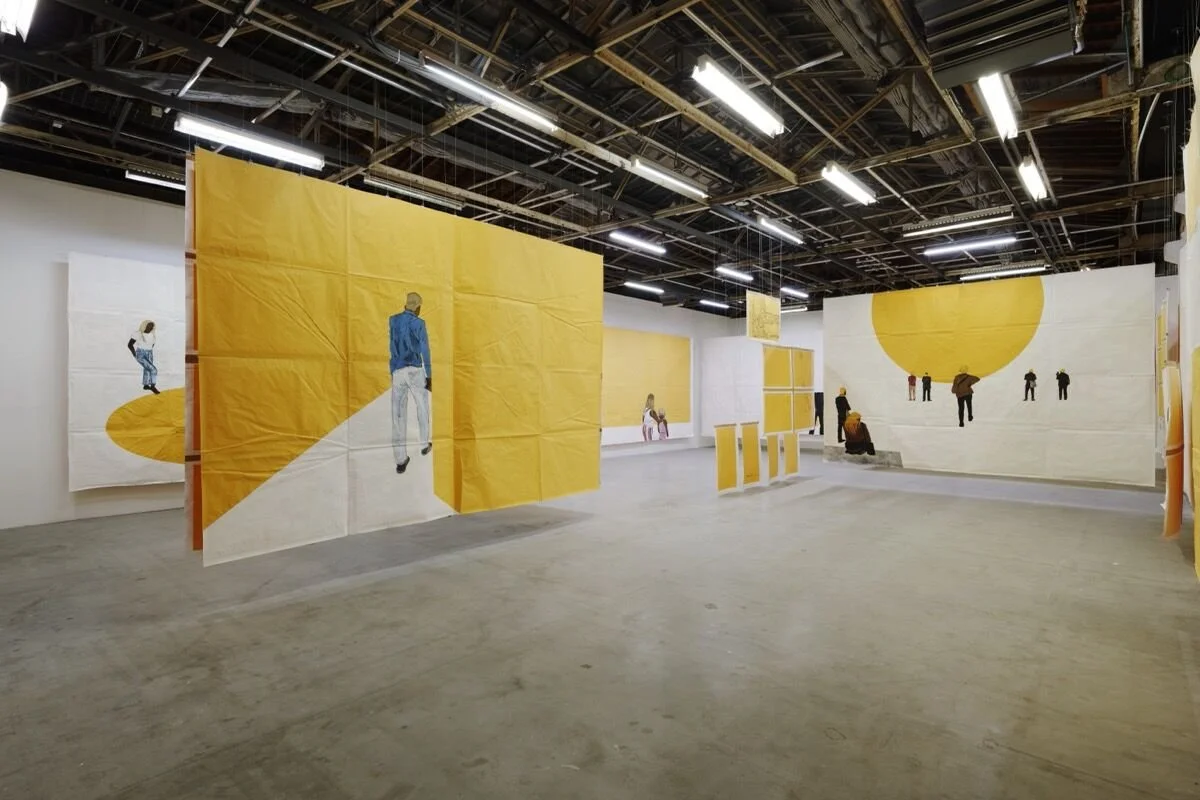Max Pinckers's Fantastic Fictions
Max Pinckers, Paul Mwangi Mwenja, John Mwangi and Peter Irungu Njuguna demonstrate treating a wounded soldier at a Mau Mau hideout in Gitoro Cave, Murang’a, from the series 'Unhistories' (2015-ongoing), photograph. Courtesy: the artist and Gallery Sofie Van de Velde
‘Double Bind’, Max Pinckers’s first museum retrospective, at FOMU Photo Museum Antwerp, presents five of the Belgian artist’s projects from the past half-decade. Each embodies his critical stance on the truth claims of photography, an approach that Pinckers terms ‘Speculative Documentary’. Conceived with fellow artists Thomas Bellinck, Michiel De Cleene and An van. Dienderen (a grouping that refer to themselves as The School of Speculative Documentary), the theory seeks to problematize various documentary formats – from photography and film to theatre and performance – blurring the line between reality and fiction.
Max Pinckers, The Apple That Wasn’t, from the series ‘Margins of Excess’, 2018, photograph. Courtesy: the artist and Gallery Sofie Van de Velde
‘Double Bind’ allows visitors to experience ‘Speculative Documentary’ in practice. In the opening section, ‘Margins of Excess’ (2018), we meet six characters whose 15 minutes of fame involved some fabrication or embellishment scandal. There’s a dignified studio portrait of Rachel Dolezal (2018), the civil-rights activist who claimed to be Black, and of Ali Qaissi (2018), an Iraqi who falsely insisted he was the ‘hooded prisoner’ being tortured in the infamous photographs taken at Abu Ghraib prison in 2003. In some cases – like that of Herman Rosenblat, the holocaust survivor whose invented love story won and then lost him lucrative book and movie deals – an image from the subject’s concocted tale is presented instead of a portrait. In Rosenblat’s case, it’s an orange flying over a barbed-wire fence (The Apple that Wasn’t, 2018). Regardless of their subject matter, however, the severe lighting and glamorous sheen of each image seemingly opposes the trial-by-public-opinion that each subject endured, perhaps even suggesting a hint of admiration for the sitters’ disruptive imaginations.




